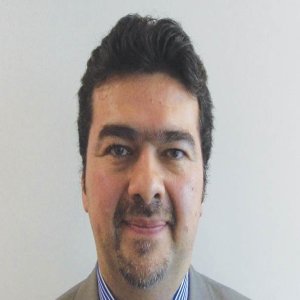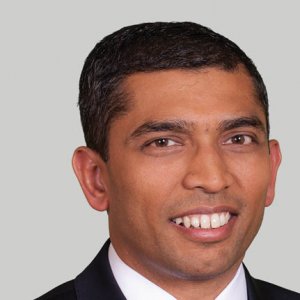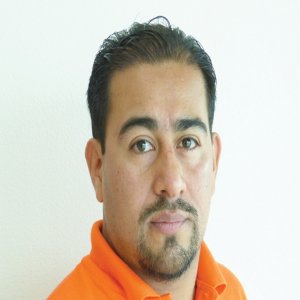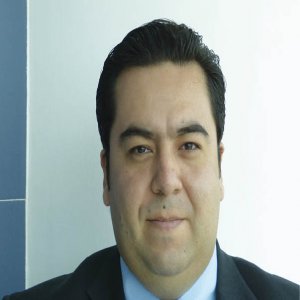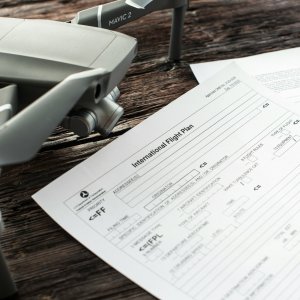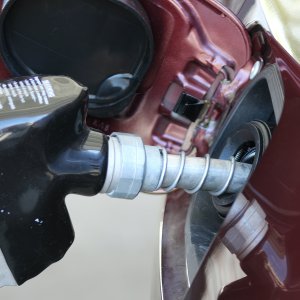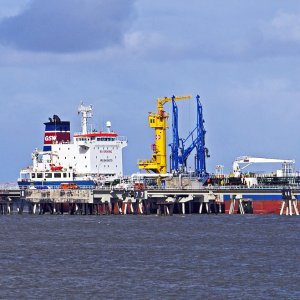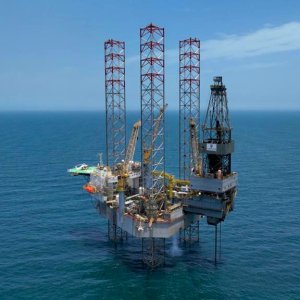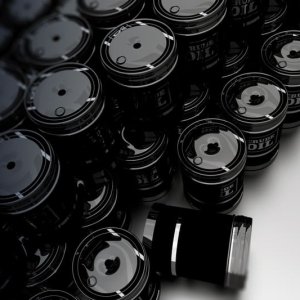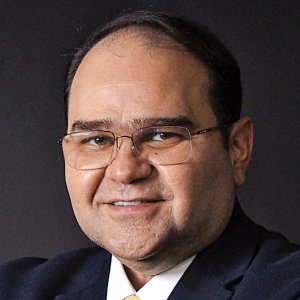ASEA to Regulate Safety and Environmental Performance

STORY INLINE POST
Q: What is ASEA’s mandate and how will it achieve the objectives laid out for it?
A: Our creation stems from the Constitution, which gives us specific leverage as a newly created institution of the Mexican state. Our mandate is to regulate and supervise industrial safety and environmental protection throughout the entire value chain of the hydrocarbons sector, starting from exploration through industrial processes, the midstream segment, transportation, and storage. We have a federal mandate and Mexico has no other regulator at the regional or state level, which makes us a very specific and unique regulator for the sector. While ASEA is unique, each country has its own regulatory structure which stems from its particular conditions. After the Macondo accident, the US created a new regulator to specifically look after upstream activities in the offshore segment. In Mexico, Congress understood that this is a risk-based industry that needs to be managed all along the value chain, which is why it decided that it would be best to have one technical regulator for all environmental and safety issues, overseeing every player including PEMEX. After ASEA was created, the first thing we did was to draft our mission, vision, and the principles that will guide our everyday actions. Our mission is to guarantee people’s safety and environmental integrity while bringing legal certainty to the industry. Our vision over the next ten years is to be the agency that helped the Mexican oil and gas sector become one of the safest and cleanest in the world.
Q: What are the main risks that you are going to focus on across the oil and gas value chain?
A: Each segment, upstream, midstream, and downstream entails different kinds of risks. To cope with all these, we are rolling out a risk management plan with five points that can be applied from deepwater platforms to gas stations. First, every operator, regardless of which segment it participates in will have to operate under environmental and safety management systems. Second, every operator will need to demonstrate the financial responsibility and ability to cope with the risks inherent to its operations. Third, we will design technical regulations based on international best practices garnered from around the world. Fourth, we will implement an integral permitting process in which customers will have access to a one-stop-shop for all licensing and permitting issues.
Fifth, we will be strategically enforcing these regulations. There is not enough manpower to supervise every section of the 60,000km of pipelines that traverse the country, the six refineries, and every barrel being produced. Therefore, we have to be strategic and align our incentives with the operators, the reinsurance industry, and the authorities. We have a very important incentive to act as everybody wants to avoid accidents, and we need to turn that advantage into actual inspections as they will enable us to cope with the multitude of risks that exist along the value chain.
Q: How are you going to ensure that ASEA is ready to deliver on its responsibilities given the time pressure your young organization is under?
A: First of all, we had to manage a highly complex responsibility transfer process from other authorities. Between January and March 2015 we spent a vast amount of time preparing for the orderly and proper transfer of 84,000 issues that needed to be managed. We are now carrying out due diligence for each of these issues in order to understand, classify, and characterize them. As of March 2015, we are entirely concentrated on initial operations, managing both the issues that we inherited and new ones that come to our attention, such as inspections and new permits. Our objective is to provide the market with absolute certainty that every issue will be addressed in a proper manner. The third of our priorities is preparing the new institutional architecture for 2016, which includes the new processes, systems, and regulations that will be put in place as of 2016. No new regulation or permitting process will be issued without the industry having been part of their design. Good regulations are developed handin-hand with the industry, they cannot only be written by the regulator as we do not have all the information and technical, cutting-edge expertise that exists in the market. In this sense, regulation in Mexico is reached through technical committees dedicated to regulation, which include academics and members of the industry, as well as staff from NGOs and think-tanks. The result is a regulation that has been debated and formed by various stakeholders.
Q: When do you expect to have the regulatory framework ready and published?
A: It is very important to mention that the regulatory framework for the environment in the hydrocarbons sector already exists as Mexico has a broad array of environmental regulations and a strong initial set of safety regulations that apply to this industry. We now need to work on filling in the gaps where new regulation needs to be created. If needed, we will revise the current framework in order to have more advanced tools, or add to it as we are doing with a new regulation for safety systems. It is also important to say that the timeline for the implementation of the Energy Reform will determine when specific regulations need to be ready. For instance, in terms of the schedule and program for Round One, the last phase will probably include unconventionals. If we follow this timetable, the specific regulation for shale will need to be ready probably by the second semester of 2016. Summarizing, step one is existing regulation plus filling the gaps; step two is enhancing the existing regulation through dialogue with the industry; step three is creating regulations in areas where it does not exist yet, such as shale.
Q: What did the Abkatun incident teach ASEA about the gaps that need to be filled to respond to similar situations?
A: ASEA does not handle response actions to emergencies, but our role is to analyze the root causes of accidents and translate the findings into new practices. In that sense, Abkatun and the spill in the Teapa river in Tabasco were real learning experiences. In particular, Abkatun forced us to rapidly change the way we establish the root cause of such an accident in an independent and timely manner. In the past, PEMEX did its own analysis and drew its own conclusions, which is no longer the case. Abkatun will mark the first time ASEA will carry out a root cause analysis, validate the potential third parties that will conduct the analysis, participate in every step of the analysis, and receive its conclusions at the same time as the operator, PEMEX. ASEA’s role in this process is also important because it demands that operators show financial responsibility. A root cause analysis can help authorities determine fines and other forms of administrative sanctions. The Mexican government will be imposing such fines and sanctions through ASEA.
Q: How will you engage with the insurance and reinsurance industry to pursue the implementation of all the preventive measures that you have in mind?
A: We need to standardize the criteria under which different elements of the hydrocarbons industry are insured. We are also working on setting specific insurance criteria for those working upstream, midstream, downstream, and on commercialization. We will make sure that each player in these subsectors complies with the insurance limits and sublimits that ASEA has established. The reinsurance industry is already supervising each asset that has been insured. Therefore, the work done by that industry is very relevant to our activities. Information from the reinsurers’ inspections will be shared with ASEA, giving us a strategic overview of the main risks in the sector. If one of those risks is not properly addressed by the operator, and should the operator then lose its insurance coverage, it will automatically lose its license to operate in Mexico until the risk is fully managed.
The first layer of inspection will be carried out by the operators because they need to operate under safety management systems, and such systems provide for internal audits. The second layer of inspection, in the form of an early warning, is conducted by the insurers. The third layer is an inspection carried out by third parties, which are certified and tasked with verification activities in the sector. The final layer of inspection, focusing on red flags, will be carried out by ASEA and its inspectors.
Q: What is your perspective on the fact that ASEA has the unique opportunity and obligation to get things right the first time?
A: We have a blank slate to create something extraordinary right from the start. We are building a strong institutional architecture based on processes, systems, strategic objectives, and talent management. We have a one-time opportunity to get this right while making sure that dayto-day operations run smoothly. We have successfully transferred and are properly managing 84,000 issues, items, permits, and administrative procedures. At the same time, we are in the process of building up our execution capacity. We already have 90 professionals but we need to reach 320 by the end of 2015. The reason ASEA has been able to advance despite its limited human resources is that SEMARNAT, PROFEPA, CNH, CRE, and SENER are providing technical assistance. We stand at 20% of capacity and we are receiving 80% in technical assistance. In addition, we are actively preparing for future scenarios and we are continuously working on the onestop-shop solution, creating integral processes, forming technical regulation based on best practices, improving environmental and safety management systems, and advising on financial responsibility. We will be putting these instruments in place by 2016. Operators can be sure that ASEA is a very professional and technical regulator that understands the challenges of the industry and is committed to ensuring that safety and environmental regulations will be an essential part of making the Energy Reform a success. We take our mission of guaranteeing safety and environmental integrity while providing legal and cost-certainty to the industry very seriously.
